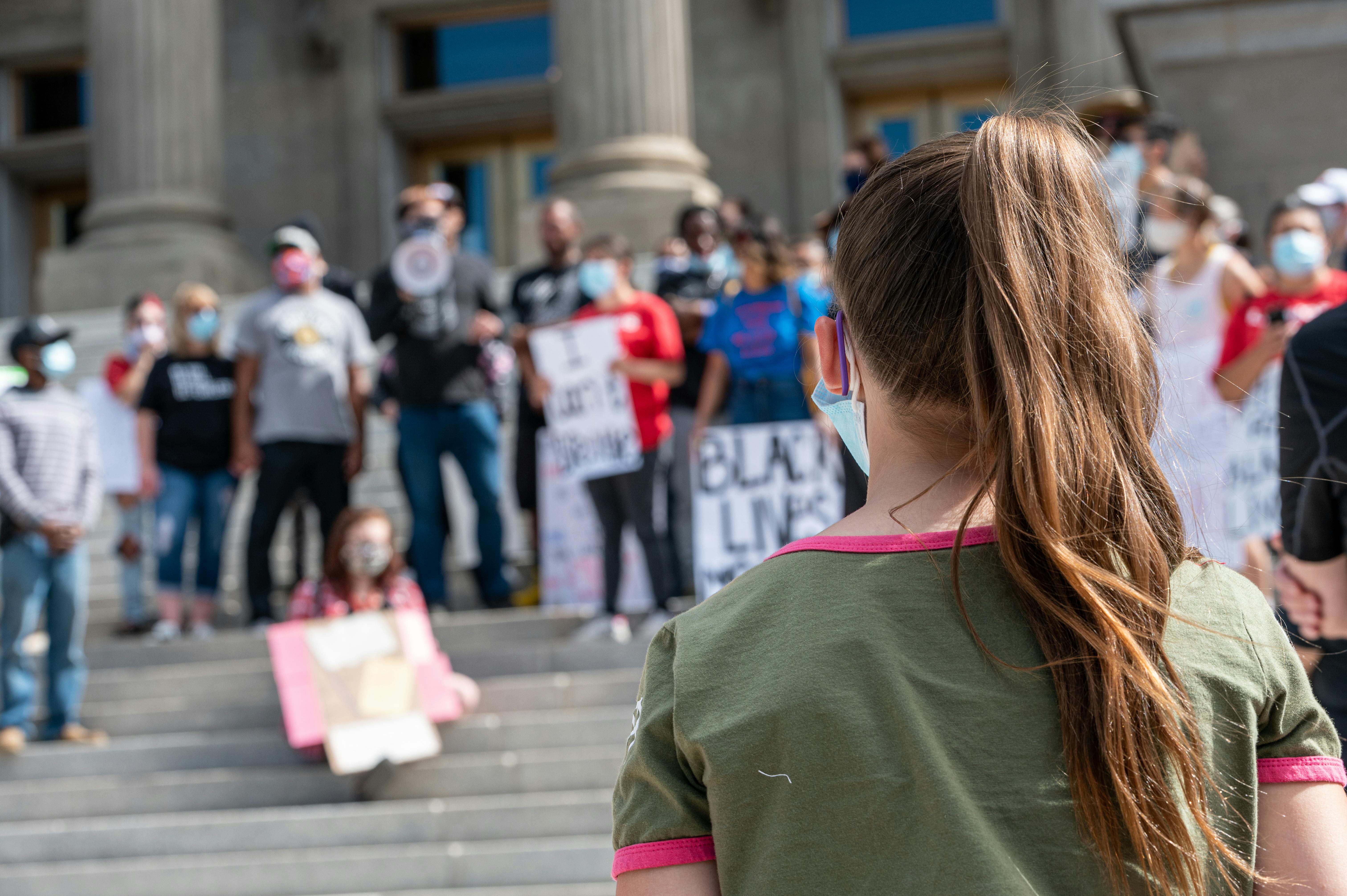Imagine being at the track and you just bet a hundred dollars on the favorite. The gates open and all the horses run out except one, yours! Think about how you would feel during those first few seconds. It is very likely that you will be disappointed and your expectations about the career will change drastically.
A horse in a race that starts badly is a metaphor for what happens in some performances. The speaker may start fumbling with notes, adjusting clothing, looking around nervously, or worse, waving at the audience while he looks down.
The most important first impression happens within the first three seconds, so an awkward opening leads to the assumption that the speaker is unprepared and unprofessional. To ensure you’re in the best possible position to make a favorable first impression on your audience, follow the “Six S’s to a successful start.”
First S: Set your notes to silent.
Resist the urge to speak up; It’s time to get organized, so don’t fumble for anything during the actual presentation. If you are using index cards, make sure they are numbered.
Second S: Step away from the lectern or table.
Move back about a foot. This makes you appear more confident and gives you room to use your hands for gestures. Leaning on a music stand or tapping it nervously won’t win anyone over.
Third S: Scan the room and smile.
You are sending a powerful non-verbal message that what you have to say is important; you won’t start until everyone is listening. If you’re following another speaker, audience members may be talking to each other or moving around, so looking at the audience and smiling will signal them to calm down. The short time it takes to do this gives you a chance to get acclimated to being in front of the group.
Fourth S: Look for two friendly faces.
Even in a hostile environment, there are always some nice people sending you positive energy. They are the ones who smile and lean forward with the twinkle in their eyes. Once you start talking, make eye contact with each other for 10-15 seconds. Usually the first 30 seconds are the hardest to get through, especially if you’re nervous. So by the time you’re done making eye contact with your two friendly faces, you’ll be past the 30-second mark.
Fifth S: Say something positive to yourself.
Say something like “I’m going to do a great job!” or “This audience will be much better off having heard what I have to say!” Never think, “I can’t wait to get this over with!” or “I’m really dreading this.” As Dwight Eisenhower once said, “No pessimist won a battle.”
Sixth S: Start talking with enthusiasm.
You must grab the audience’s attention immediately with your strong vocal projection and level of expressiveness. It attracts them like magnets; make them want to hear more! An effective way to start a presentation is to use one of the following: a quote, a question (one word answer), a startling statistic, a story, a date in history, or something creative.
Keep in mind the Six S’s covered in this article:
1. Set your notes to silent.
2. Step away from the lectern or table.
3. Scan the room and smile.
4. Look for two friendly faces.
5. Say something positive to yourself.
6. Start talking with enthusiasm.
Remember, if you have a good start from the beginning, there is a greater chance that the audience will listen to you throughout your presentation. This is important in any presentation, but especially if you’re seeking agreement on a proposal or soliciting a sale. Get off to a successful start with the Six S’s and you’ll always be a winner!
